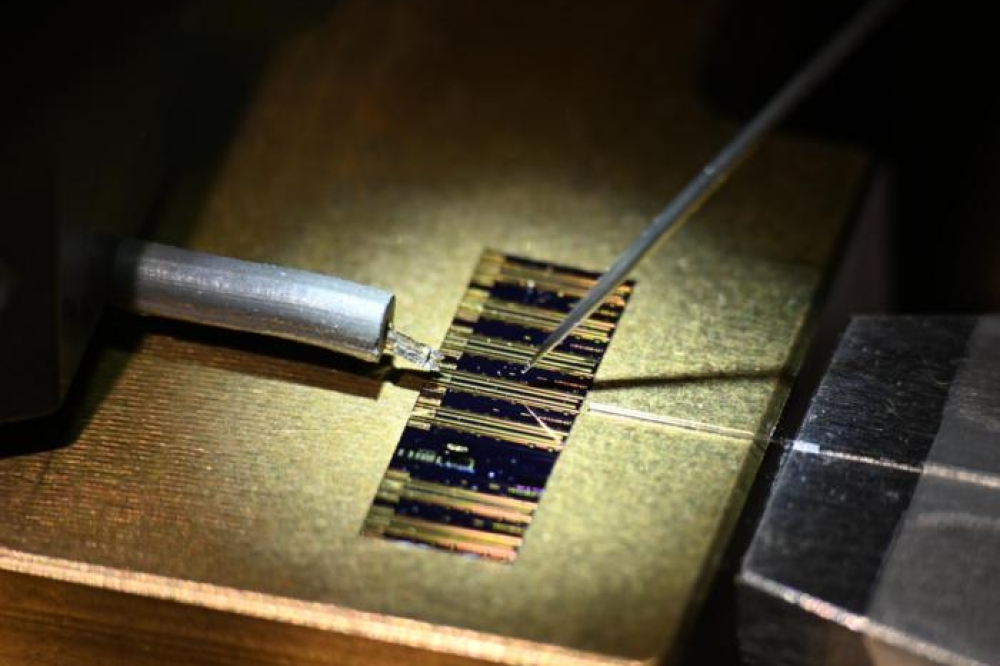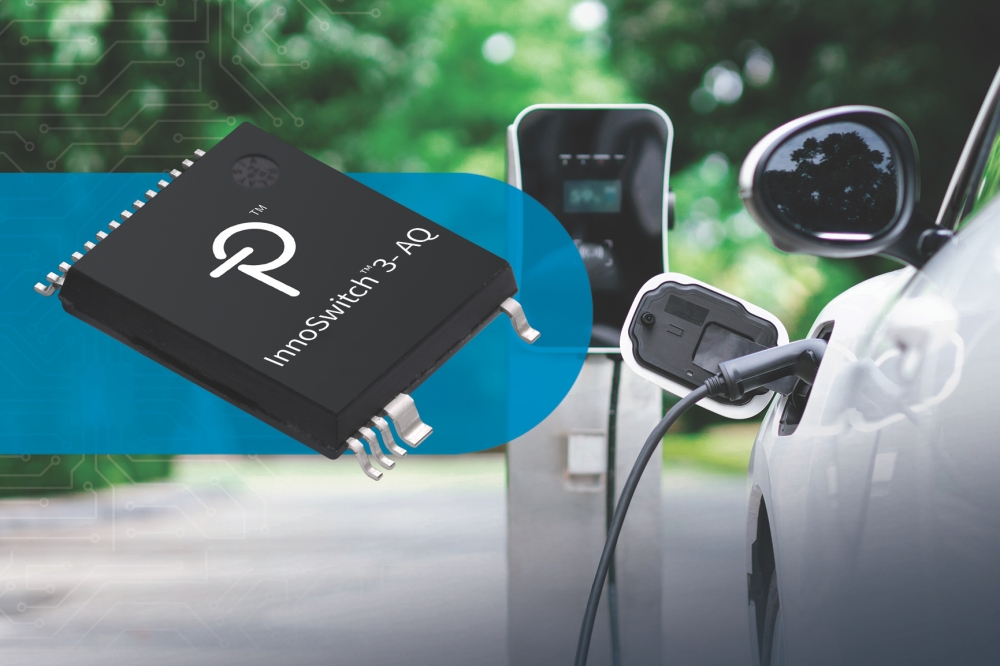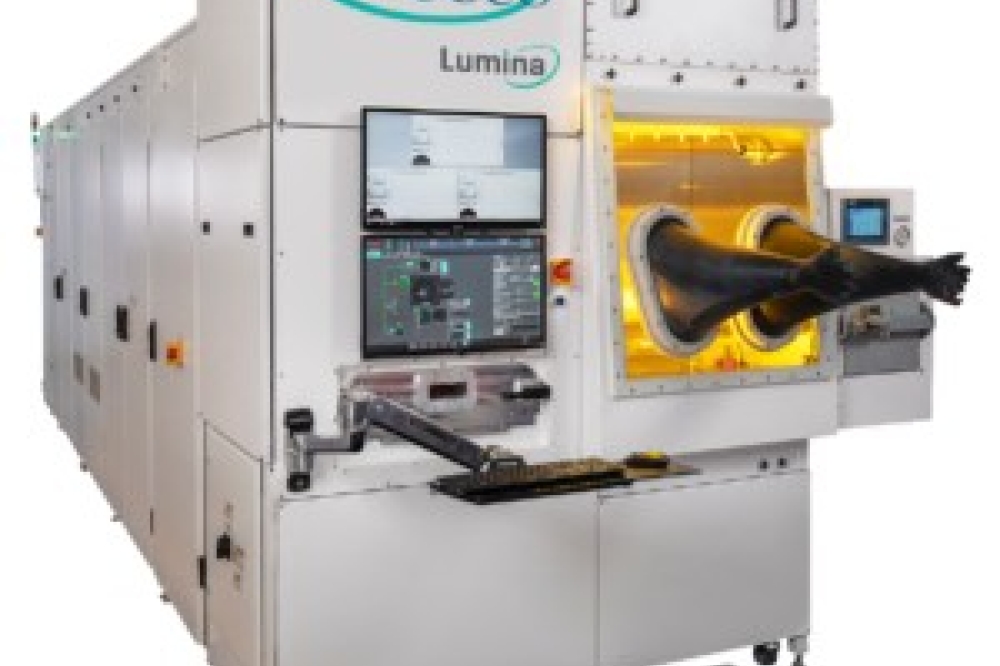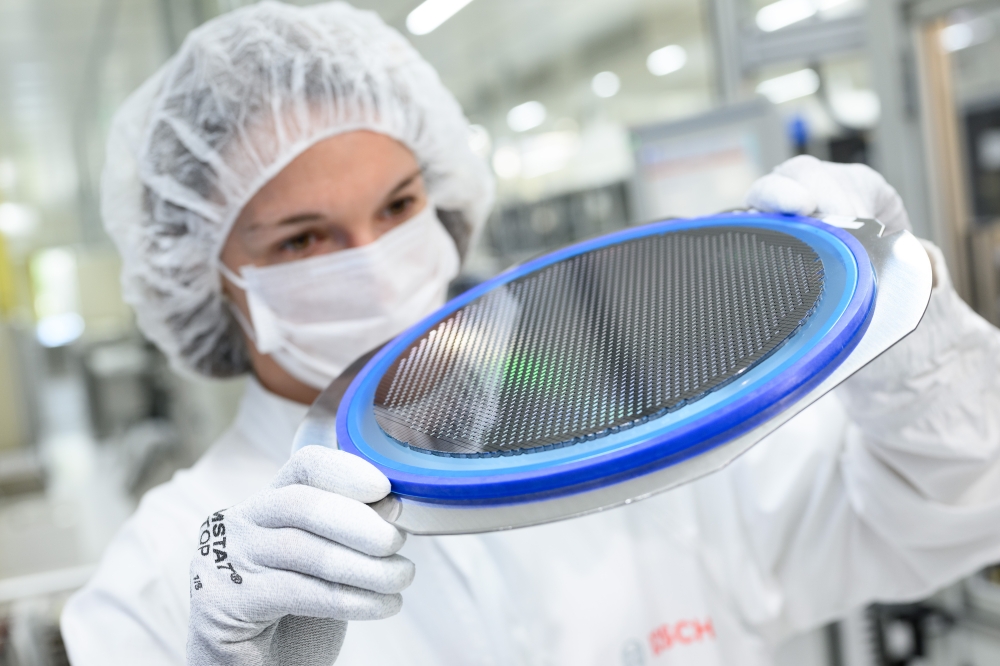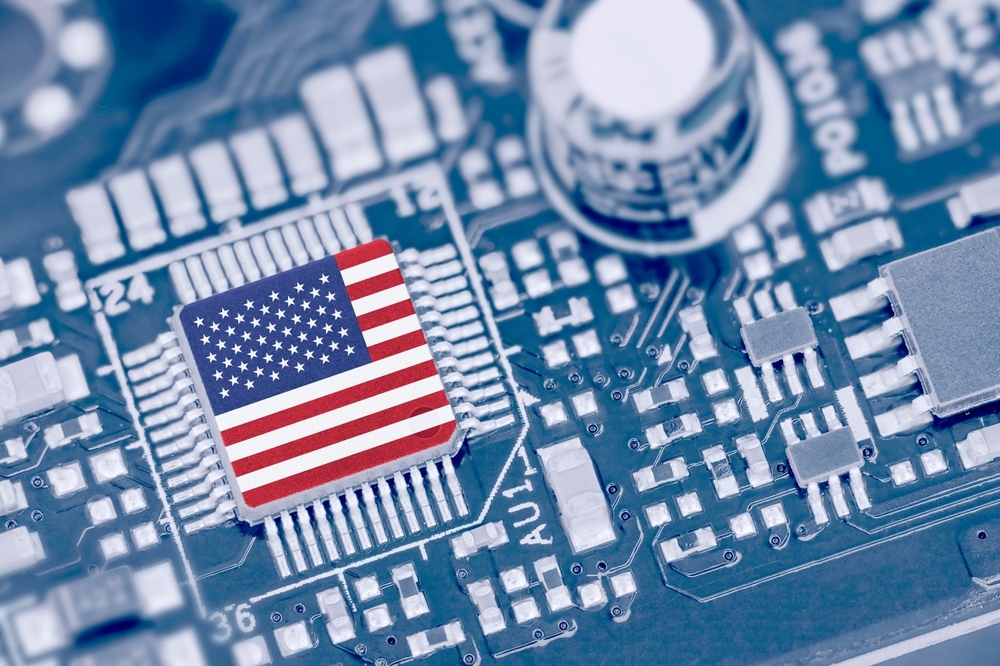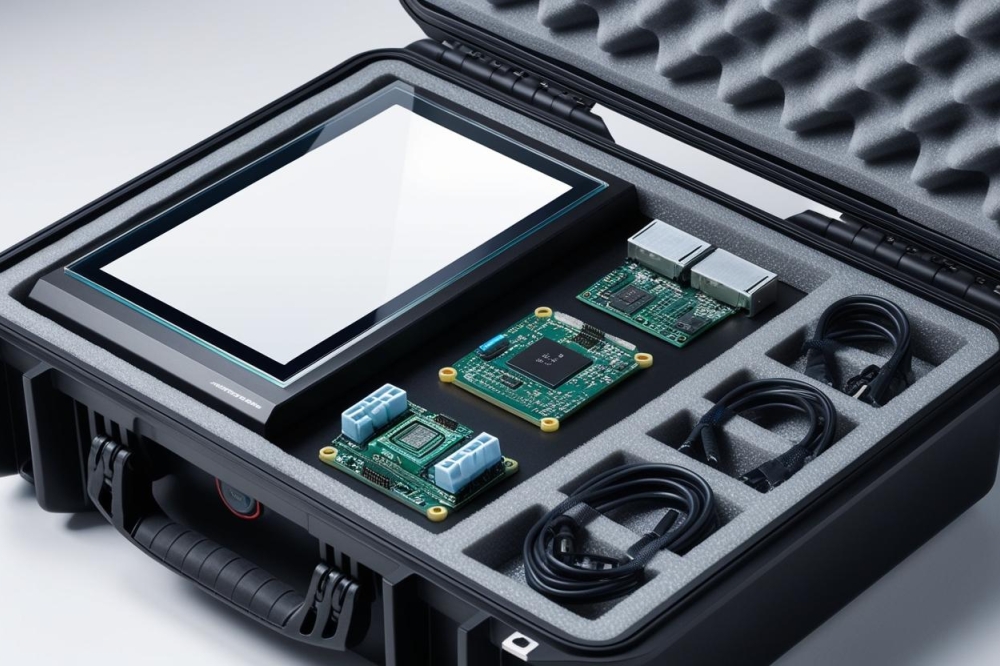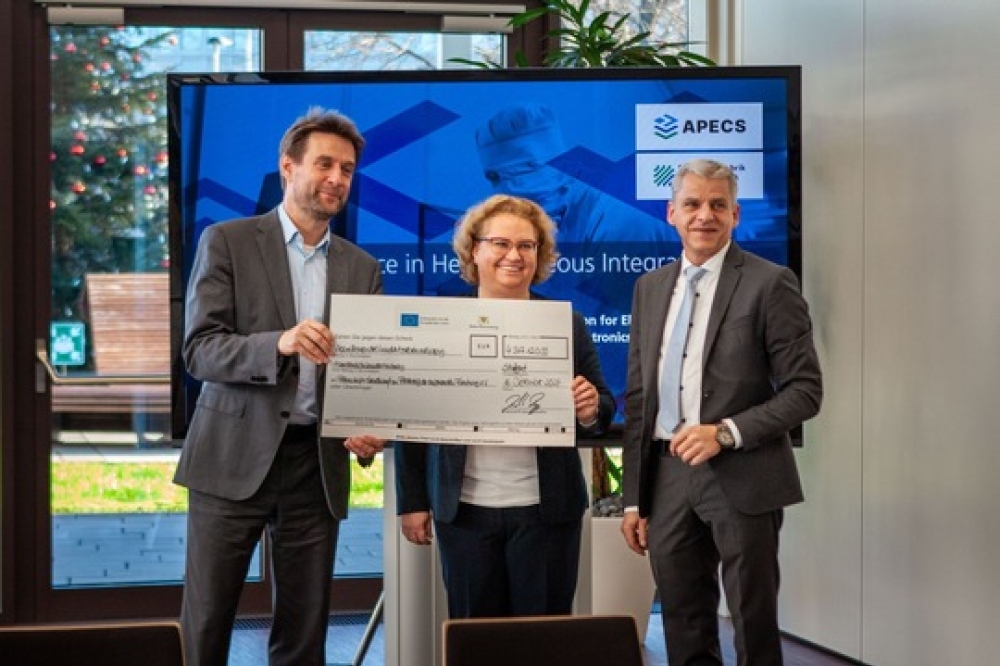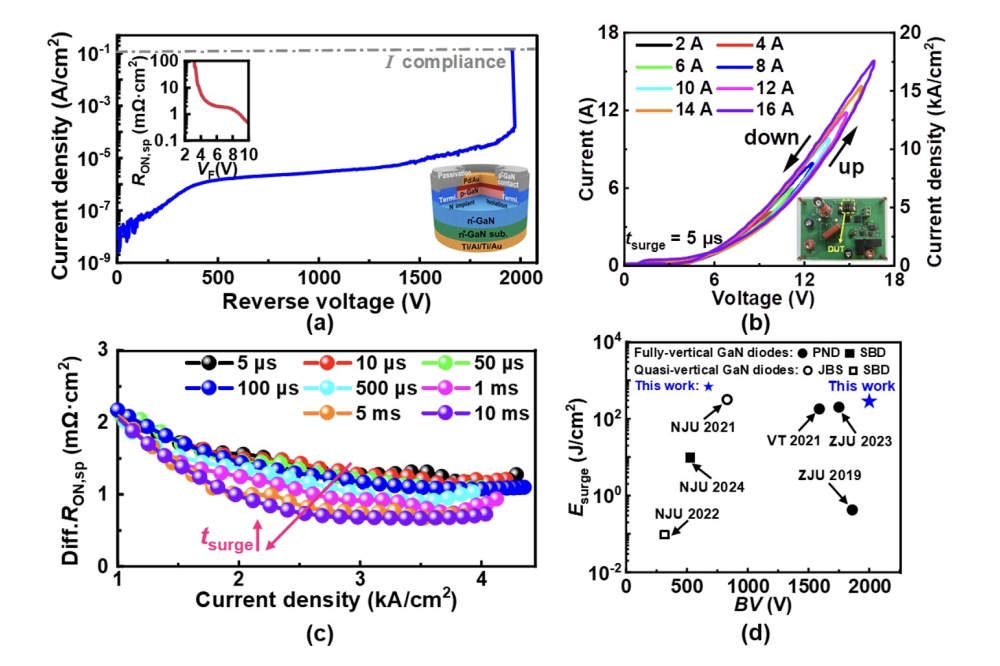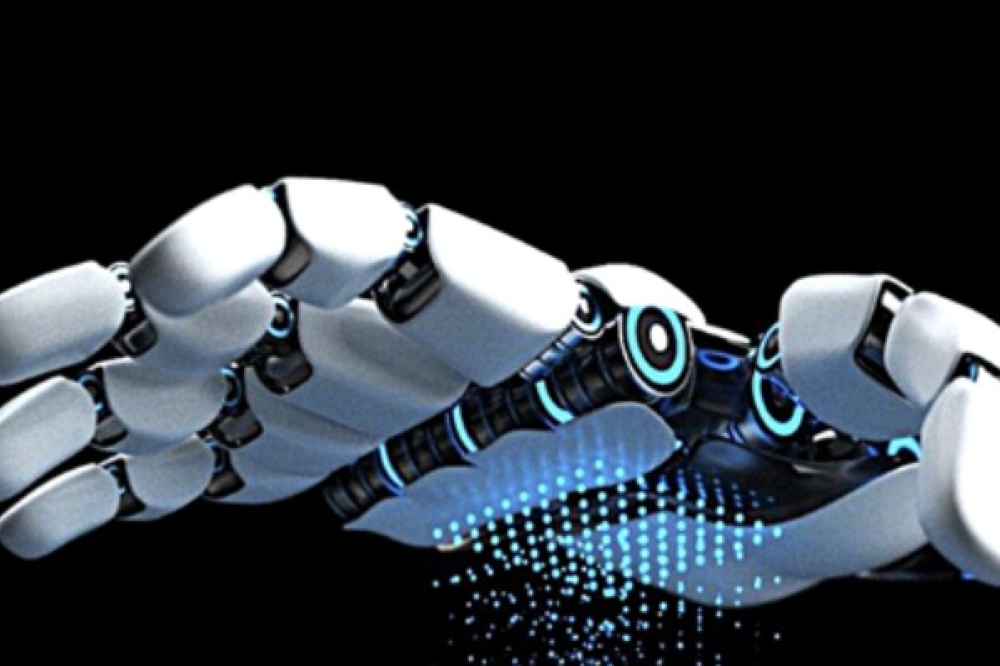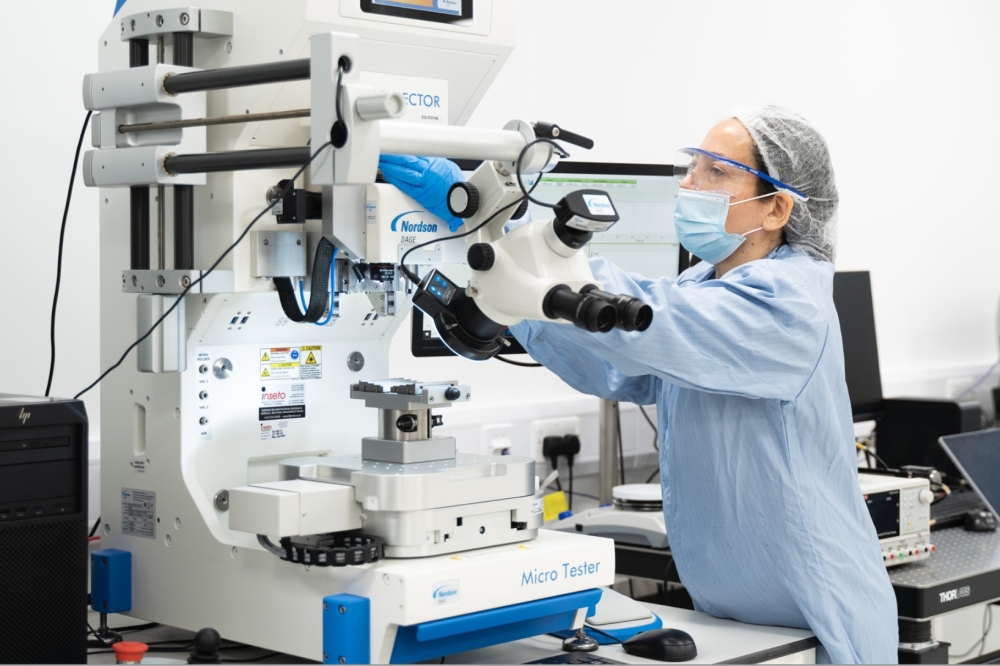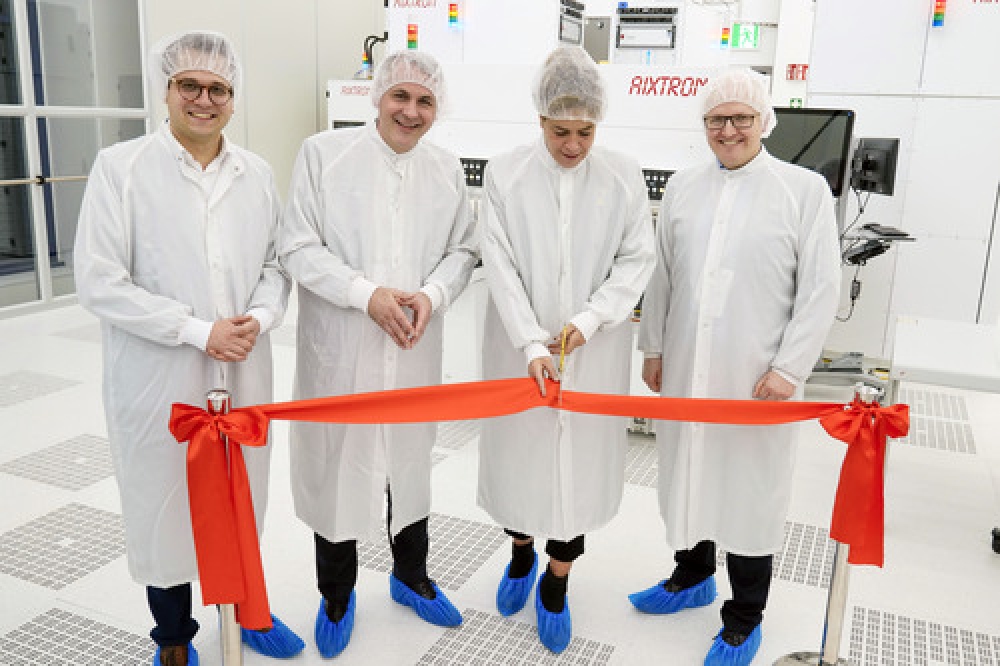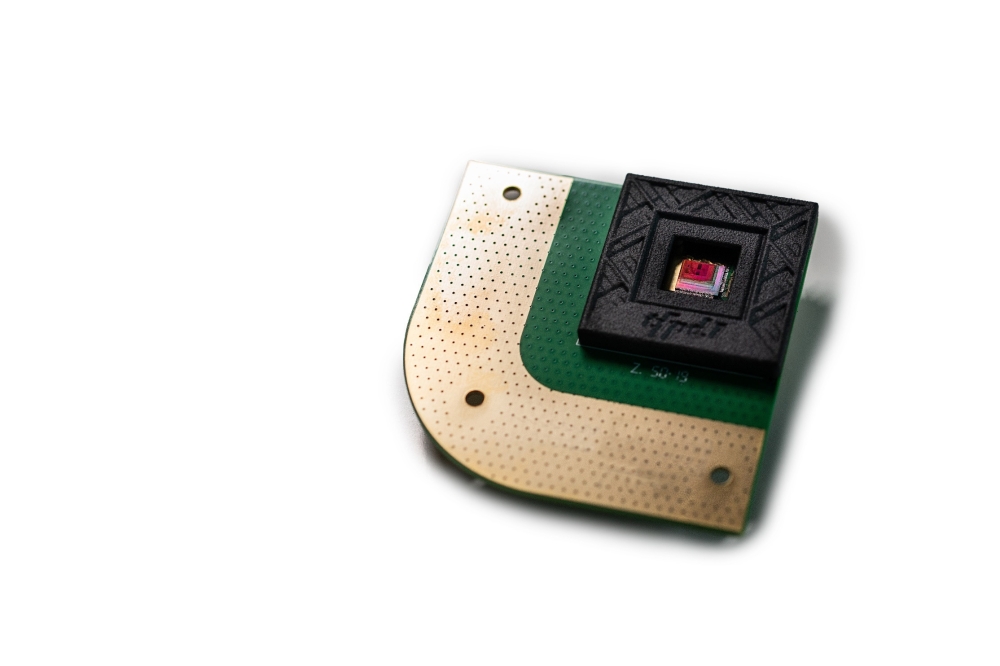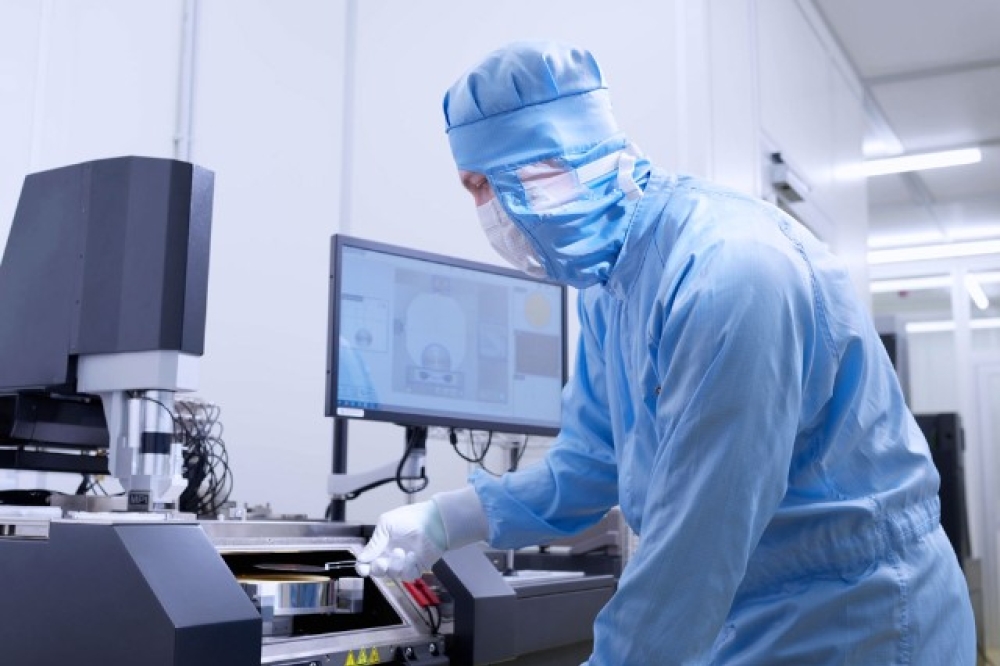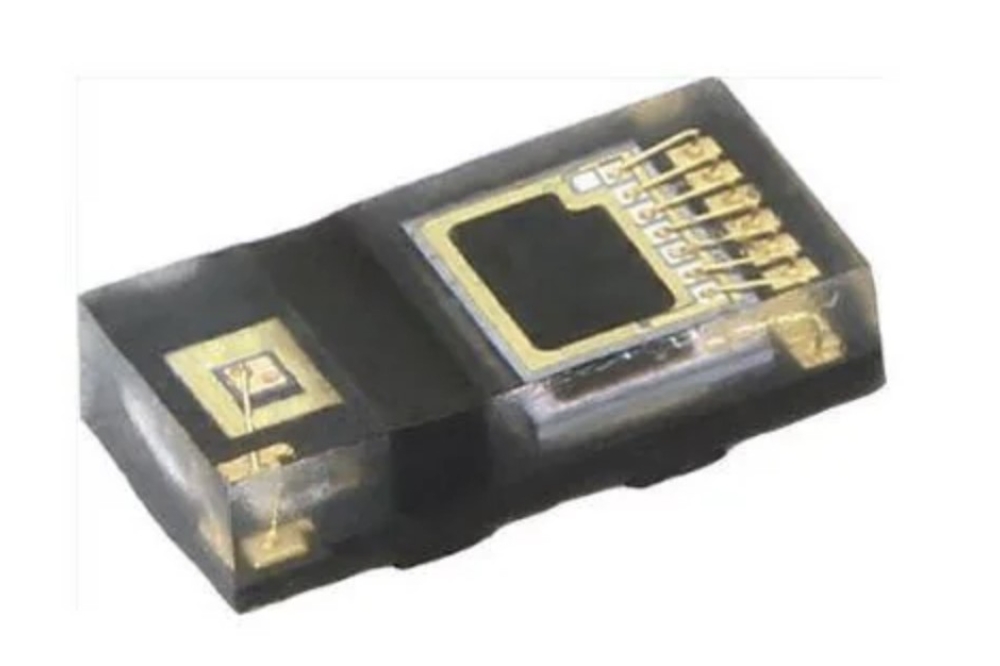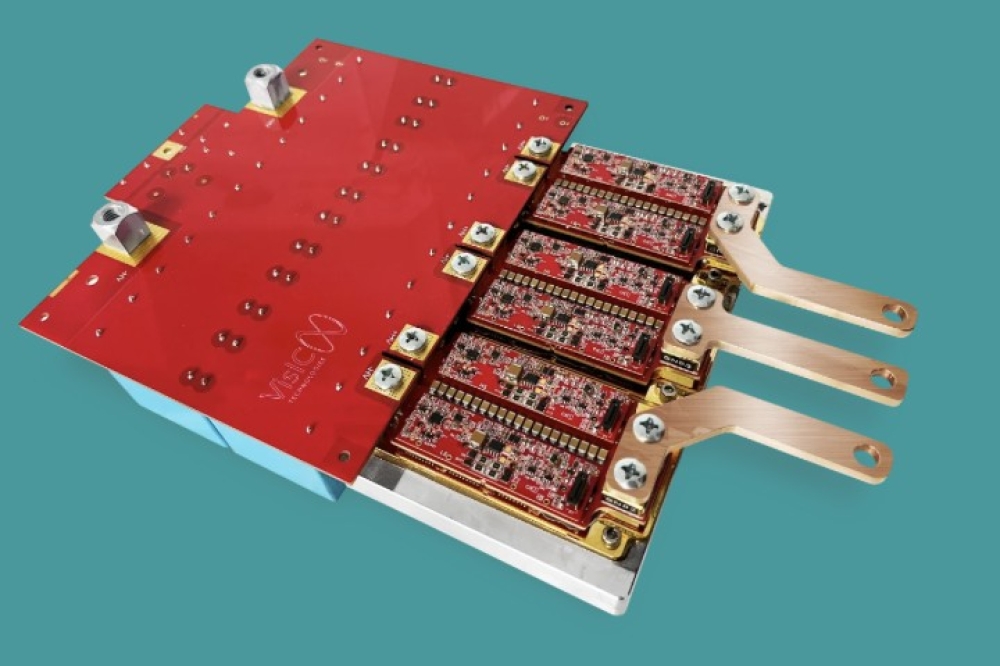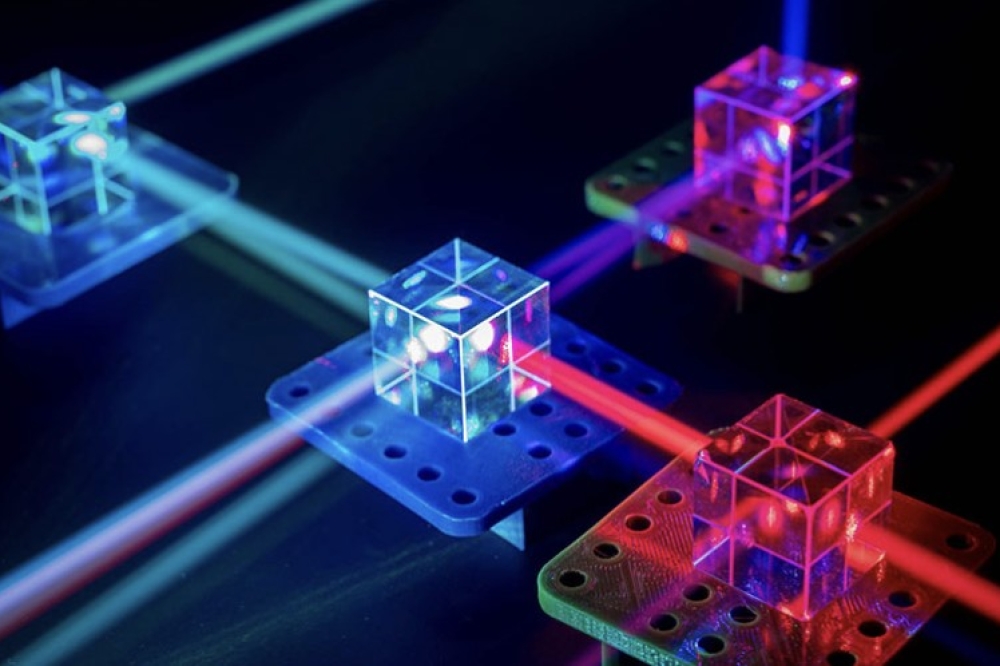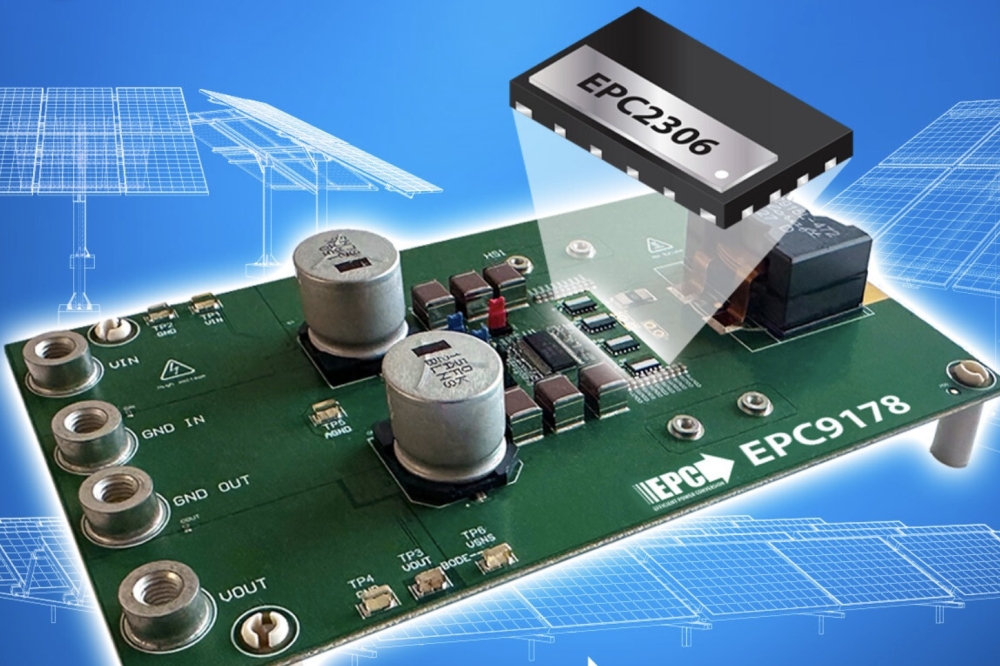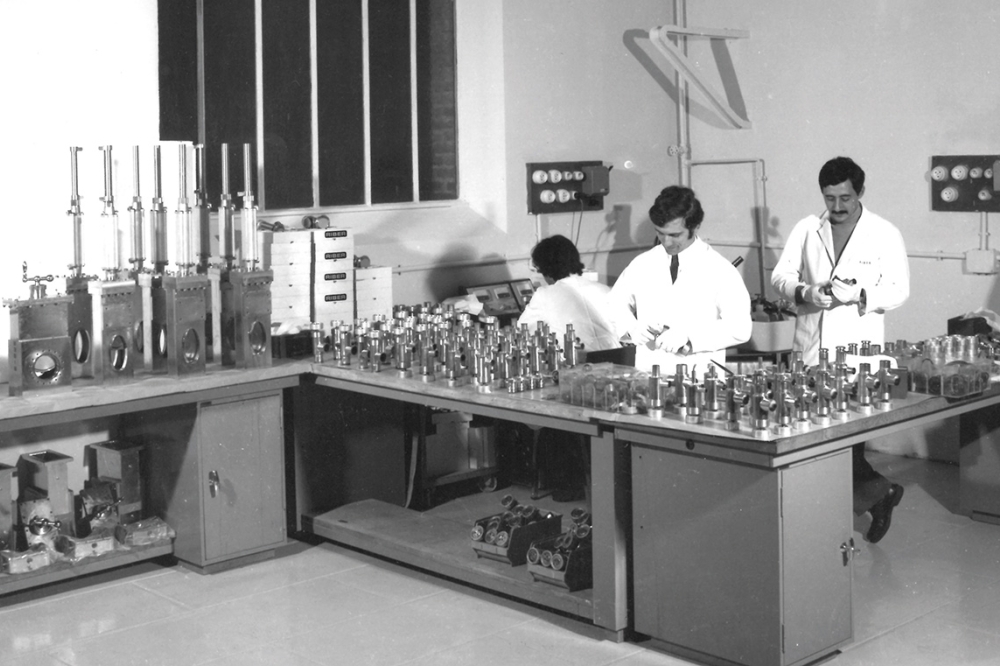News Article
Mitsubishi Electric unveils all-SiC power train traction inverter
The silicon carbide 3.3kV, 1,500A inverter is suitable for high power trains
Mitsubishi Electric Corporation has launched a railcar traction inverter system for 1,500V DC catenaries that incorporates what the firm says are the world's first all- SiC power modules.
Made with SiC transistors and SiC diodes, the inverter greatly reduces power loss, size and weight compared to conventional insulated gate bipolar transistor (IGBT) power modules and hybrid power modules made with silicon transistors and SiC diodes.
The traction inverter's main circuit system incorporates a two-level PWM inverter with regenerative brakes, while the control system has four traction motors with 180kW, parallel control. The system is also self-cooling.
Mitsubishi Electric's large-capacity, all-SiC power modules are expected to help save power as well as lower the size and weight of equipment used in high power trains including Japan's Shinkansen.

Railcar traction inverter with all-SiC power modules

SiC application range
The new traction inverter system's switching loss is approximately 55 percent less than Mitsubishi Electric's conventional inverter system incorporating IGBT power modules. The new system also increases regenerated energy through the use of regenerative brakes in all speed ranges.
Thanks to these solutions, total energy consumption of railcar systems, including their motors, is reduced by about 30 percent compared to conventional systems.
Size and weight are reduced by about 65 percent compared to conventional inverter systems with IGBT power modules and about 30 percent compared to existing hybrid inverter systems with SiC diodes.

The number of components is reduced by integrating SiC transistors and diodes into one package per inverter circuit phase.

Energy saving in total railway systems is further enhanced by effectively transferring regenerated electric power from the railcar to stations to be equipped with station energy-saving inverters (S-EIV).
Background
The dielectric strength voltage of SiC is about ten times greater than that of silicon. SiC devices can operate at higher temperatures than silicon devices because of the high breakdown voltage and low conduction loss of thinner semiconductors.
Unlike the ongoing development of SiC diodes, development of SiC transistors has proven difficult due to problems with crystal preparation, which requires highly advanced insulation and package technologies capable of withstanding high temperatures.
Mitsubishi Electric's R&D and production units combined their respective expertise in semiconductor development and manufacturing to successfully develop the new large-capacity, all-SiC power module with MOSFET for use in the world's first all-SiC railcar traction inverter. Development of SiC power modules has been partially supported by Japan's New Energy and Industrial Technology Development Organisation (NEDO).
Mitsubishi Electric's previous record of SiC inverter development
In October 2011, Mitsubishi Electric produced a railcar traction inverter for 600V DC, 750V catenaries incorporating the first large-capacity hybrid SiC power modules. With help from Tokyo Metro Co., Ltd., the system was field-tested in commercial railcars operating on its Ginza Line subway, demonstrating 38.6 percent energy reduction comparing to conventional inverters in other railcars operating on the same line.
Made with SiC transistors and SiC diodes, the inverter greatly reduces power loss, size and weight compared to conventional insulated gate bipolar transistor (IGBT) power modules and hybrid power modules made with silicon transistors and SiC diodes.
The traction inverter's main circuit system incorporates a two-level PWM inverter with regenerative brakes, while the control system has four traction motors with 180kW, parallel control. The system is also self-cooling.
Mitsubishi Electric's large-capacity, all-SiC power modules are expected to help save power as well as lower the size and weight of equipment used in high power trains including Japan's Shinkansen.

Railcar traction inverter with all-SiC power modules

SiC application range
The new traction inverter system's switching loss is approximately 55 percent less than Mitsubishi Electric's conventional inverter system incorporating IGBT power modules. The new system also increases regenerated energy through the use of regenerative brakes in all speed ranges.
Thanks to these solutions, total energy consumption of railcar systems, including their motors, is reduced by about 30 percent compared to conventional systems.
Size and weight are reduced by about 65 percent compared to conventional inverter systems with IGBT power modules and about 30 percent compared to existing hybrid inverter systems with SiC diodes.

The number of components is reduced by integrating SiC transistors and diodes into one package per inverter circuit phase.

Energy saving in total railway systems is further enhanced by effectively transferring regenerated electric power from the railcar to stations to be equipped with station energy-saving inverters (S-EIV).
Background
The dielectric strength voltage of SiC is about ten times greater than that of silicon. SiC devices can operate at higher temperatures than silicon devices because of the high breakdown voltage and low conduction loss of thinner semiconductors.
Unlike the ongoing development of SiC diodes, development of SiC transistors has proven difficult due to problems with crystal preparation, which requires highly advanced insulation and package technologies capable of withstanding high temperatures.
Mitsubishi Electric's R&D and production units combined their respective expertise in semiconductor development and manufacturing to successfully develop the new large-capacity, all-SiC power module with MOSFET for use in the world's first all-SiC railcar traction inverter. Development of SiC power modules has been partially supported by Japan's New Energy and Industrial Technology Development Organisation (NEDO).
Mitsubishi Electric's previous record of SiC inverter development
In October 2011, Mitsubishi Electric produced a railcar traction inverter for 600V DC, 750V catenaries incorporating the first large-capacity hybrid SiC power modules. With help from Tokyo Metro Co., Ltd., the system was field-tested in commercial railcars operating on its Ginza Line subway, demonstrating 38.6 percent energy reduction comparing to conventional inverters in other railcars operating on the same line.

